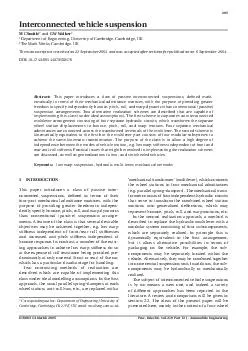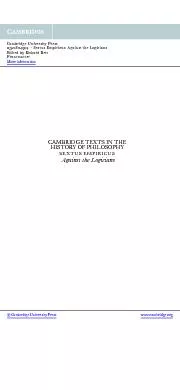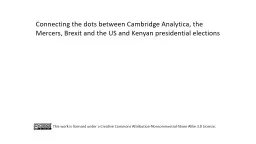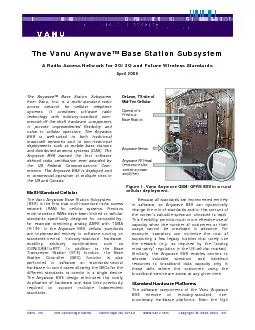PPT-Cambridge International AS and A Level History
Author : aaron | Published Date : 2017-12-08
Component 2 The History of the USA 18401941 The Gilded Age and the Progressive Era 1870s1920s What were the main aims of the Progressive Movement In the 1890s and
Presentation Embed Code
Download Presentation
Download Presentation The PPT/PDF document "Cambridge International AS and A Level H..." is the property of its rightful owner. Permission is granted to download and print the materials on this website for personal, non-commercial use only, and to display it on your personal computer provided you do not modify the materials and that you retain all copyright notices contained in the materials. By downloading content from our website, you accept the terms of this agreement.
Cambridge International AS and A Level History: Transcript
Download Rules Of Document
"Cambridge International AS and A Level History"The content belongs to its owner. You may download and print it for personal use, without modification, and keep all copyright notices. By downloading, you agree to these terms.
Related Documents












![[DOWNLOAD] - Cambridge O Level Commerce Coursebook (Cambridge International Examinations)](https://thumbs.docslides.com/902293/download-cambridge-o-level-commerce-coursebook-cambridge-international-examinations.jpg)

![[PDF READ ONLINE] The Cambridge Handbook of Technical Standardization Law: Volume 2: Further](https://thumbs.docslides.com/1017650/pdf-read-online-the-cambridge-handbook-of-technical-standardization-law-volume-2-further.jpg)